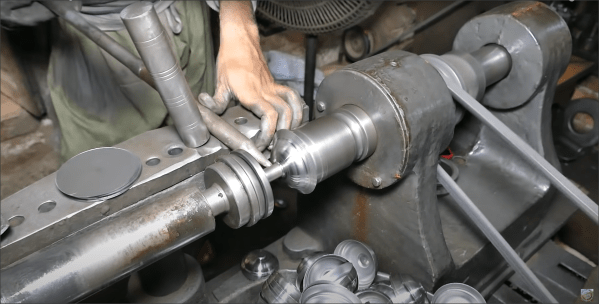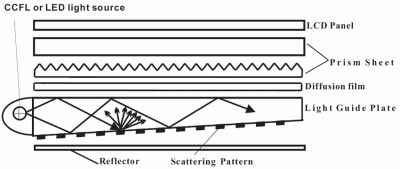Programming languages are one of those topics that we geeks have some very strong and often rather polarised opinions about. As new concepts in computing are dreamt up, older languages may grow new features, if viable, or get left behind when new upstarts come along and shake things up a bit. This scribe can remember his early days programming embedded systems, and the arguments that ensued when someone came along with a project that required embedded C++ or worse, Java, when we were mostly diehard C programmers. Fast forward a decade or two, and things are way more complicated. So much choice, so much opinion.
So it’s really nice to come across some truly unique and beautifully made Python tutorial videos, that are engaging and fun to watch. Fronted by Canadian actress [Ulka Simone Mohanty] who some may recognise from such lofty titles as the game “Magic: The Gathering Arena” and various films and TV shows, she delivers a dead-pan avatar-like presentation of the most important areas of Python. We were particularly amused by the comment “Loopus Interruptus” as the exception condition iterating off the end of a list.
Continue reading “Awesome Python Video Tutorials Keep You Motivated”





















